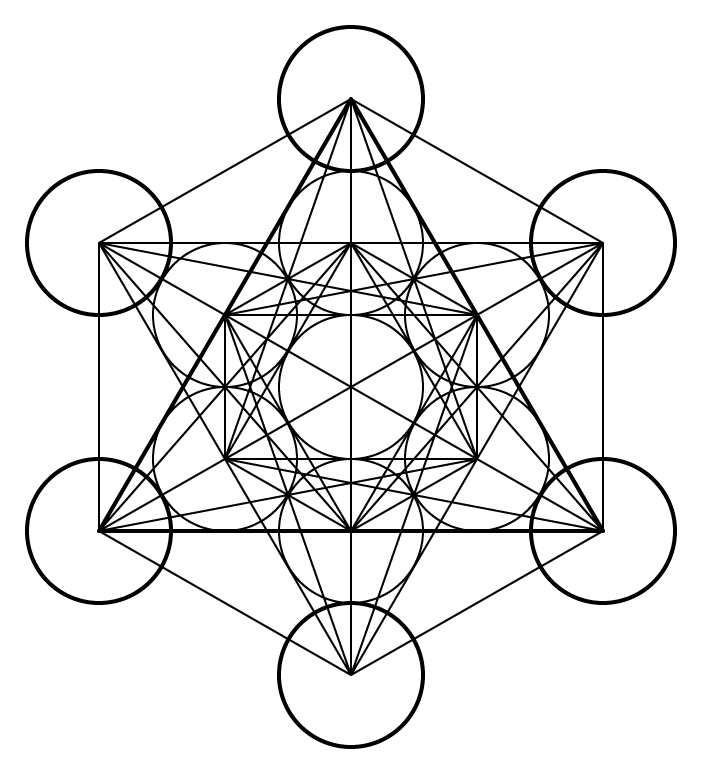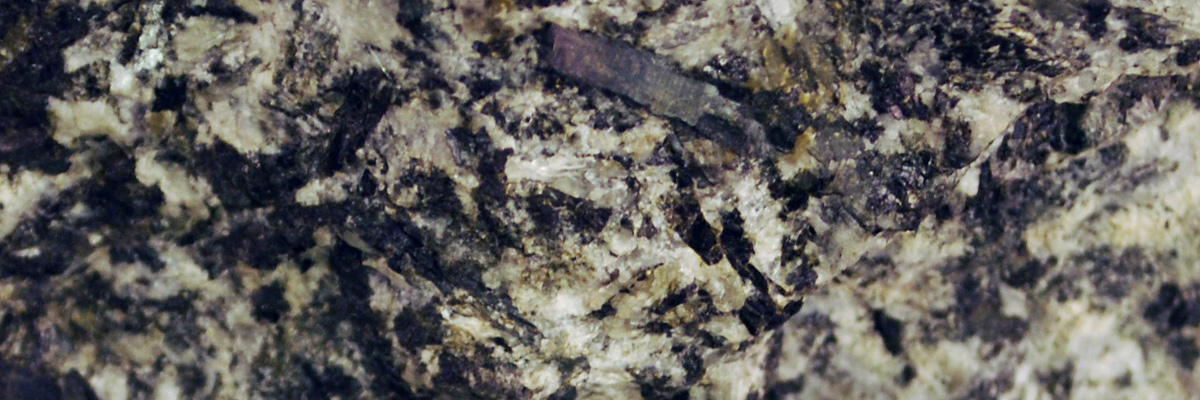Pigeonite is a clinopyroxene mineral and a member of the pyroxene group. This distinct mineral is characterized by its dark green to black color and a submetallic to vitreous luster. Pigeonite typically occurs as well-formed, short prismatic crystals or in granular aggregates, with a monoclinic crystal system.
Usage
Pigeonite is not widely used for industrial applications or as a gemstone due to its limited occurrence and relatively unremarkable appearance. However, it holds great significance for geologists and planetary scientists. Pigeonite is a valuable indicator mineral for understanding the crystallization history of basaltic magmas, which helps researchers study the evolution of Earth, Moon, and Mars’ crusts.
Origin
Pigeonite forms during the cooling and crystallization of iron and magnesium-rich basaltic magmas. It is an intermediate member of the pyroxene group, with a composition between that of enstatite and augite. The mineral’s formation is closely related to the temperature and pressure conditions under which the basaltic magma cools.
Occurrence
Pigeonite is a relatively rare mineral on Earth, occurring mainly in basaltic volcanic rocks and some metamorphic rocks. It has been identified in a few locations, including the Keweenaw Peninsula in Michigan, USA, and the Bushveld Complex in South Africa. However, pigeonite has been found in greater abundance in lunar samples brought back by the Apollo missions and in Martian meteorites. This has led to an increased interest in the mineral’s formation and implications for the geologic history of these celestial bodies.
Metaphysical
Pigeonite does not have a significant role in metaphysical and spiritual practices due to its rarity and limited occurrence. However, as a mineral found on the Moon and Mars, it can be seen as a symbol of exploration, discovery, and the vast potential of the universe.
| Class | Inosilicates |
| Formula | (Ca,Mg,Fe)Si2O6 |
| Luster | Submetallic to vitreous |
| Hardness (Mohs) | 6 – 6.5 |
| Streak | Greyish-white |
| Color | Dark green to black |
| Cleavage | Good in two directions at nearly 90 degrees |
| Specific Gravity | 3.2 – 3.6 |


